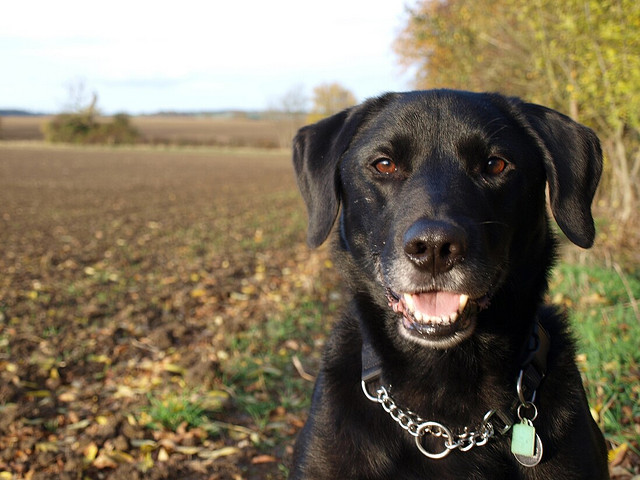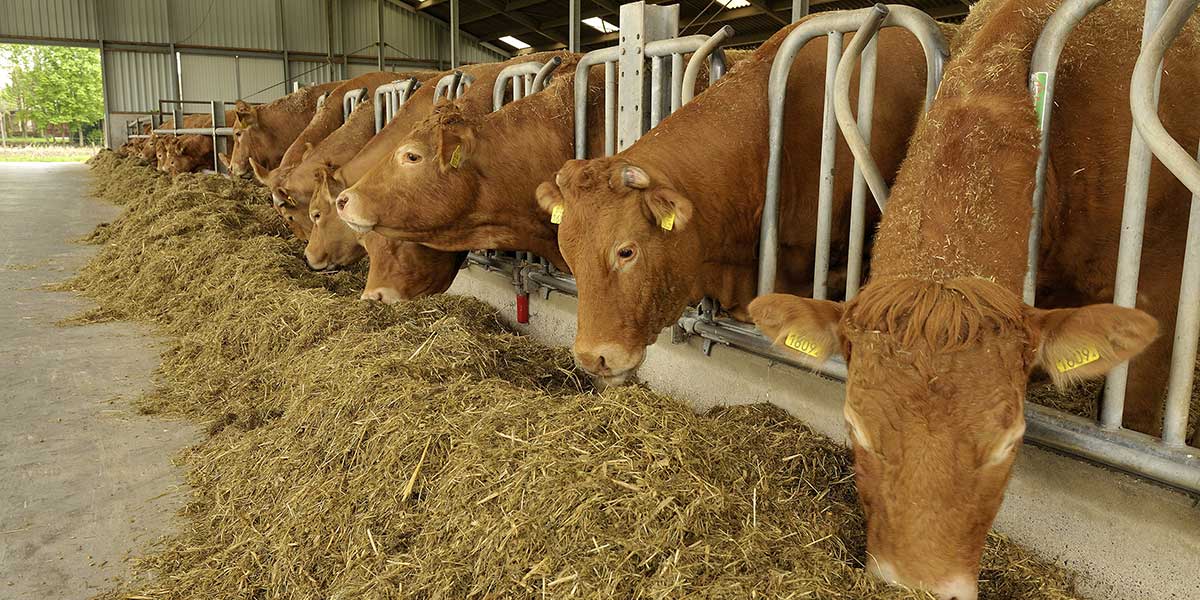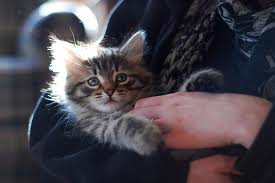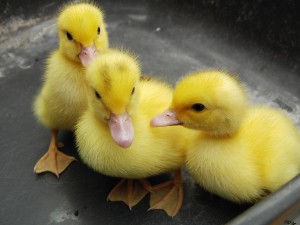We originally posted this during the rainy end of last summer as it gave way to fall. While the weather is a little warmer this time around, the information that it brings is perfect for making sure that your pets are ready for the Fall because like it or not, cooler weather is right around the corner.
 It’s not even the end of August, yet people are walking around with jackets and sweatpants. Let’s be real — it’s been a bit nippy outside lately. It’s not just rainy, it’s now rainy and cool. What gives, Mother Nature?
It’s not even the end of August, yet people are walking around with jackets and sweatpants. Let’s be real — it’s been a bit nippy outside lately. It’s not just rainy, it’s now rainy and cool. What gives, Mother Nature?
As much as I’d like summer to stick around another couple of months, Ketchum Mfg. is located in upstate NY. And of course, upstate NY is definitely not the warmest spot in the U.S. We can basically kiss summer goodbye at this point.
And of course, as the cooler weather starts to creep in, it means you need to follow different pet care protocol. Here are 5 tips for preparing your pet for the cooler weather.
Go to The Vet
It seems like this is something you get told at the start of every season, right? Well that’s because it’s the truth! Pets need a routine check up. You know how when the temperatures start to dip, humans tend to get sick? The same thing can happen to your pet. If your pet was fine without a checkup last year, it doesn’t mean that’s okay for this year.
Stay Extra Alert
For many American workers, the summer is a symbol of an easier work routine (a.k.a. “summer hours”). This usually means you’re around for your pet much more often. So when you get back to the normal routine in the fall, your pet may experience separation anxiety. They may start acting abnormally (chewing on household items is usually an issue). When you are around, look for changes in your pet’s personality.
Fall is also the time that decorations and holiday goodies start to come out. Keep your pets away from Halloween candy, Christmas lights & tinsel, etc.
Brushing
Noticing the start of a lot of shedding? At the end of the summer, pets tend to shed so that they’re winter coat will come in. Brush your pet regularly, as this will help to stop hair from being everywhere. If your pet is shedding heavily, you should get in touch with your vet. It can be a sign of deeper health problems.
Food
As humans, we often associate the cooler weather with hardier meals. Big holiday feasts, hot chocolate, and big bowls of soup sound familiar?
Pets aren’t the same way. Since most pets aren’t as active in the winter, they don’t need more food. In fact, they usually need less. This brings me to my next point…exercise.
Exercise
Summer is a time that pet owners can get lazy because it’s too hot to walk. Fall should be the opposite. It’s a great time to walk your pets – you won’t be dripping with sweat immediately upon walking outside. So get out there! Also remember –hydration is still important for your pet (and you as well!)
Lisa Podwirny is the owner of Ketchum Mfg. Connect with her on Google+!










![lamb[1]](https://blog.ketchummfg.com/wp-content/uploads/lamb1-267x300.jpg)